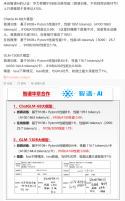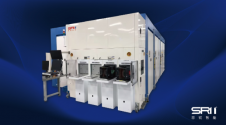They still think they could stop China from expanding its capacity for legacy chips.
Some Chinese foundational chips are already priced 20% to 30% cheaper than offerings from foreign rivals, according to Silverado’s report. At one point in 2022, Chinese chipmaker GigaDevice Semiconductor Inc. was charging only about one-fourth of what STMicroelectronics NV was asking for comparable products in China, according to a chart in the report attributed to Minsheng Securities.
The US and its European allies are worried that China could eventually dump those cheaper chips on the global market or use them as political leverage. But so far, the Biden administration has focused its policy efforts on just the most advanced chips and equipment — technology it fears will give China a military edge.
To counter undercutting before it’s too late, Silverado said, the US should use investment review and trade investigation tools — as well as gather better pricing and product data — to defend chipmakers in America and allied nations. The report also suggested that the US use export controls to limit shipments of chipmaking technology, not just for advanced chips but for older varieties as well.
Some Chinese foundational chips are already priced 20% to 30% cheaper than offerings from foreign rivals, according to Silverado’s report. At one point in 2022, Chinese chipmaker GigaDevice Semiconductor Inc. was charging only about one-fourth of what STMicroelectronics NV was asking for comparable products in China, according to a chart in the report attributed to Minsheng Securities.
The US and its European allies are worried that China could eventually dump those cheaper chips on the global market or use them as political leverage. But so far, the Biden administration has focused its policy efforts on just the most advanced chips and equipment — technology it fears will give China a military edge.
To counter undercutting before it’s too late, Silverado said, the US should use investment review and trade investigation tools — as well as gather better pricing and product data — to defend chipmakers in America and allied nations. The report also suggested that the US use export controls to limit shipments of chipmaking technology, not just for advanced chips but for older varieties as well.




